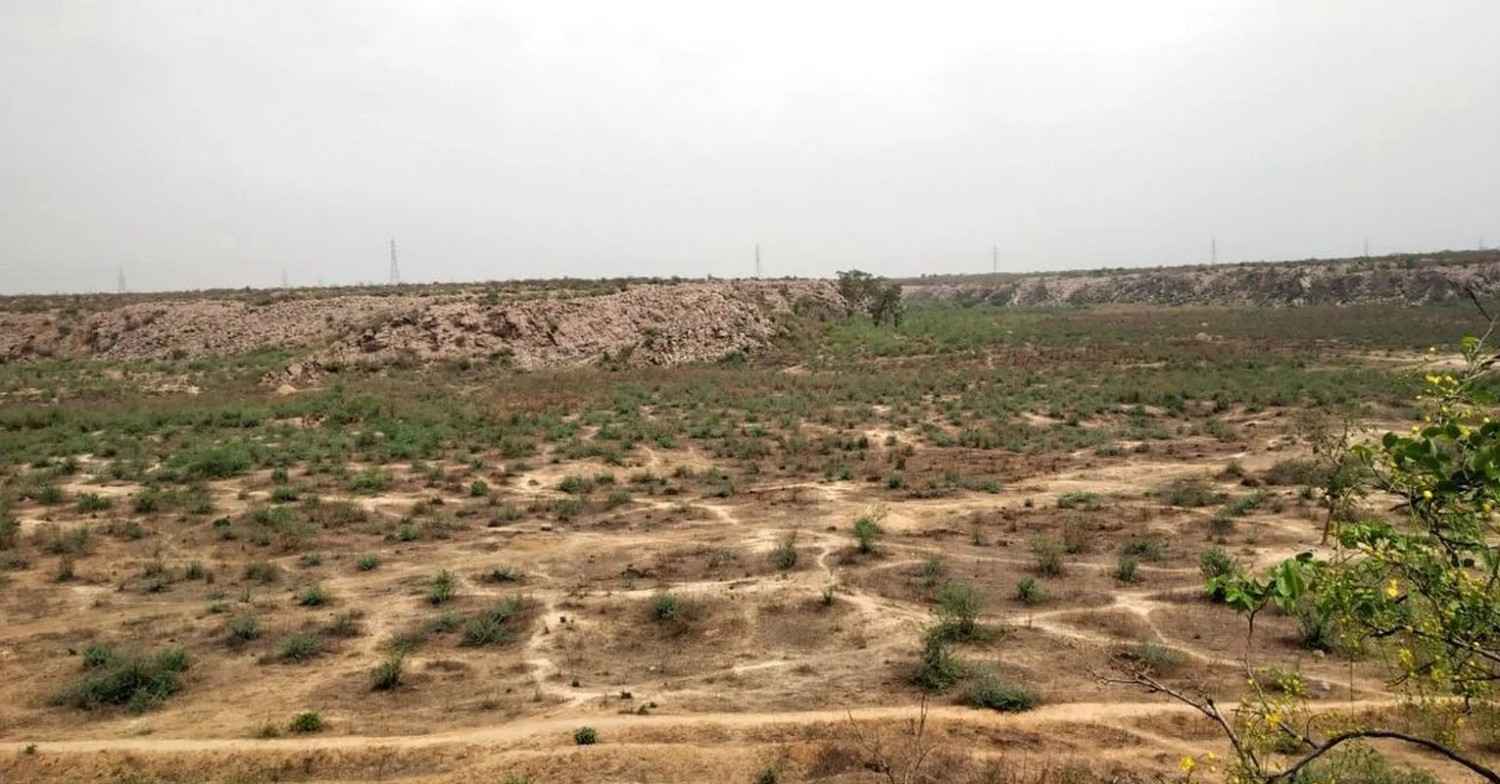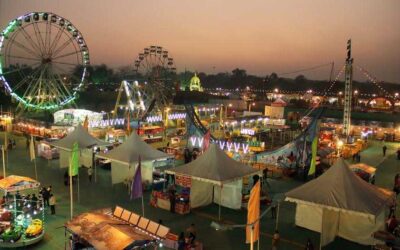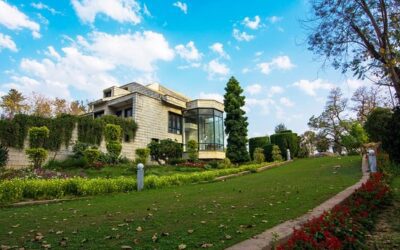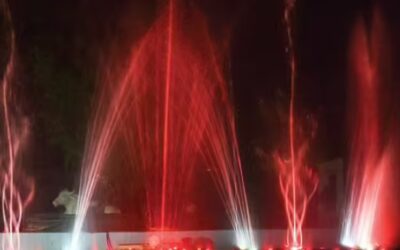A Silent Sentinel in the Aravalli Foothills
Tucked away near Faridabad in the foothills of the Aravalli range, Badkhal Lake was once a thriving natural water body, a weekend retreat, and an ecological importance gem. Though it dried up in the early 2000s, recent efforts are bringing it back to life. But this revival is about more than just aesthetics or tourism — Badkhal Lake plays a critical ecological importance role in the National Capital Region’s (NCR) green infrastructure and environmental health.
A Vital Link in the Northern Aravalli Wildlife Corridor
Badkhal Lake Ecological Importance sits in the heart of the Northern Aravalli wildlife corridor, a 200-kilometer stretch that connects Rajasthan’s Sariska Tiger Reserve with the Delhi Ridge. This corridor is one of the last natural highways for wildlife like leopards, jungle cats, and golden jackals to move safely across fragmented urban areas.
Studies have recorded at least 15 mammal species in this region, along with birds such as red-headed vultures, Egyptian vultures, painted storks, and white-faced ibis. For a rapidly urbanizing area, this level of biodiversity is both rare and precious. Badkhal Lake acts as a habitat node, a stopover and sanctuary within this fragile ecological importance network.
Groundwater Recharge: An Unsung Hero
NCR faces a severe water crisis. Alarmingly, over 99 percent of available groundwater has been extracted. In many areas, water tables have dropped by more than 50 meters. Badkhal Lake, located in a natural catchment of the Aravallis, could serve as a crucial recharge zone. Its restoration could help replenish aquifers, especially if supported by sustainable hydrological practices.
Wetlands like Badkhal Lake are nature’s reservoirs. They store monsoon water, release it gradually, and help maintain water balance in surrounding areas. In a city as water-stressed as Delhi, this function alone makes the lake invaluable.
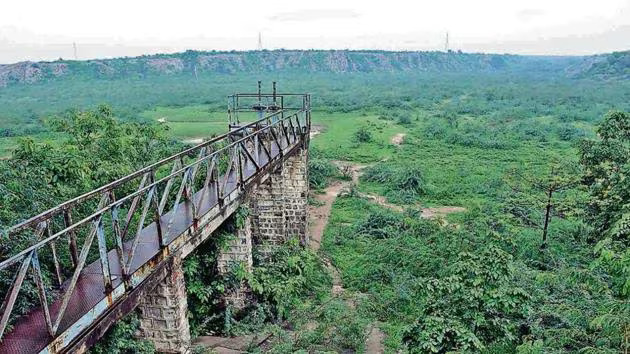
Cooling the City: Nature’s Air Conditioner
Urban heat is another growing threat. Summers in NCR regularly cross 45°C, intensifying the urban heat island effect. Studies show that lakes can cool nearby temperatures by up to 8°C, with the most impact felt within 20 meters of the water’s edge.
The restoration of Badkhal Lake offers a natural way to adapt to rising temperatures. Through evaporation and shading, the lake can help stabilize local microclimates, reduce heat-related stress, and make the surrounding area more livable.
Cleaner Air Through Natural Filtration
Badkhal Lake also has the potential to act as a natural air and water purifier. Wetlands filter out pollutants, trap sediments, and remove harmful nutrients from runoff before they enter the groundwater system. In a region where Delhi’s air regularly ranks among the most polluted in the world, every bit of natural filtration matters.
Artificial water bodies have even been proposed as a strategy to fight dust pollution. As water evaporates, it adds moisture to the air, helping trap airborne particles and improve air quality. Badkhal Lake could contribute to this natural cleansing process if restored and maintained properly.
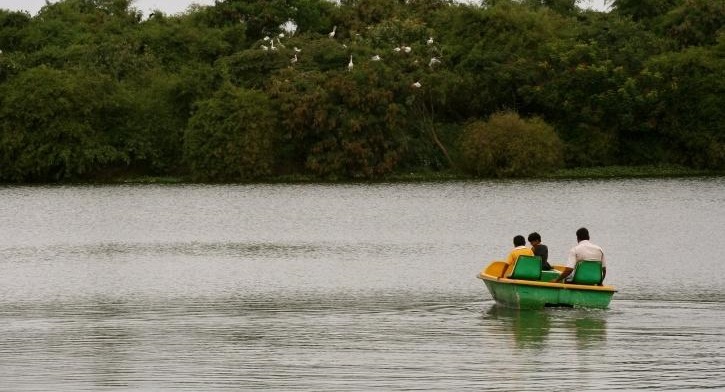
Biodiversity and Habitat Restoration
The ecological importance richness of Badkhal Lake doesn’t stop at water. Its surroundings — a mix of rocky hills, grasslands, and forest patches — support a diverse mosaic of habitats. These environments are crucial for species that need seasonal wetlands and migratory corridors.
The lake’s 316-acre area supports various bird species year-round, particularly during the winter months. Surrounding vegetation includes a blend of indigenous and exotic flora, providing food, shelter, and breeding grounds for wildlife.
Part of NCR’s Green Belt: More Than Just Open Space
Badkhal Lake is part of the broader green belt infrastructure of NCR. Green belts aren’t just leftover open spaces — they serve vital ecosystem functions like flood control, water purification, and carbon storage.
In fact, the Aravalli range acts as a natural barrier against desertification from the Thar Desert. Without it, the fertile plains of northern India could face increasing aridity. Protecting lakes like Badkhal is part of safeguarding this barrier and ensuring long-term food and water security for millions.
What Went Wrong: A Story of Neglect and Exploitation
Badkhal Lake’s degradation is a cautionary tale. Rampant illegal mining in the Aravallis, deforestation, and the unchecked drilling of borewells disrupted natural water flows and destroyed aquifers. Urban development ate into catchment areas, and without regulation, the lake slowly vanished.
What remained was a dry, weed-filled depression — a shadow of its former self.
A Restoration Effort Worth Watching
Fortunately, the story doesn’t end there. Under the Faridabad Smart City Mission, 10 million liters of treated water are now being released into the lake every day. This is helping refill the lake bed and restore ecological importance balance. However, challenges remain, especially the spread of invasive water hyacinth, which threatens aquatic life and oxygen levels.
If these efforts are followed through, Badkhal Lake could soon become a model of ecological importance restoration, balancing tourism with sustainability and helping NCR meet some of its most pressing environmental challenges.
Beyond Local: A Regional Impact
Restoring Badkhal Lake is not just a local project — it has regional implications. It can:
- Strengthen the entire Aravalli corridor
- Improve Delhi’s groundwater situation
- Enhance air and water quality
- Offer climate resilience to nearby urban areas
It’s a powerful example of how reviving one lake can support an entire region’s environmental health, biodiversity, and climate adaptation goals.
The Road Ahead
What Badkhal Lake Ecological Importance needs now is consistent public support, community involvement, and long-term government commitment. Restoration is not a one-time effort but an ongoing process.
With climate change accelerating, water crises deepening, and biodiversity under threat, lakes like Badkhal lake ecological Importance are no longer optional. They are essential infrastructure — as critical as roads, hospitals, or power lines — in our fight to build a sustainable, resilient future.
In the end, Badkhal Lake Ecological Importance represents more than just water. It represents hope, revival, and a renewed recognition of nature’s role in the life of a modern city.

